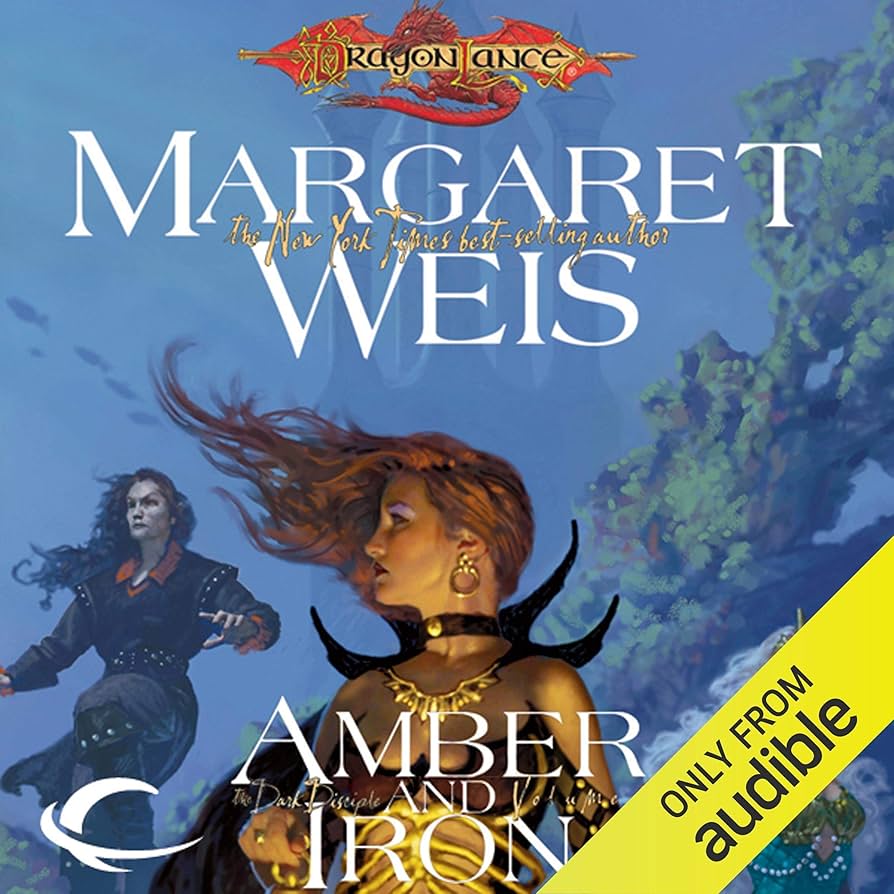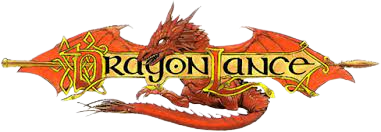Amber and Iron

Table of Contents
ToggleOverview
Amber and Iron continues the internal and mythic descent of Mina, the once-radiant chosen of Takhisis, as she walks a lonely and increasingly disturbing path in a world that no longer fits her.
Having rejected the gods of light and fallen into the hands of Chemosh, the god of death, Mina begins to understand her immortality and divine entanglement—and how both have cost her her soul.
The book expands on the spiritual themes of Amber and Ashes, delving into life, undeath, power, and personal truth, with growing tension between divine control and mortal will.
Main Character: Mina
- Former prophet of Takhisis, now the immortal disciple of Chemosh, god of death.
- Caught in a struggle between her former ideals and her current reality—immortality has made her isolated, empty, and deeply self-conflicted.
- In Amber and Iron, she begins to truly question what she is, what she believes, and why she can no longer feel anything.
Supporting Characters
- Rhys Mason – A monk of Majere and Mina’s spiritual foil. He’s both Mina’s adversary and mirror—his compassion and clarity contrast her inner turmoil.
- Nightshade Pricklypear – An undead kender and companion of Rhys. Offers light-hearted commentary and surprising depth. He’s the novel’s moral compass and unexpected conscience.
- Chemosh – The seductive, manipulative god of death. He wants Mina to be his priestess, consort, and vessel, but she begins to see through his lies.
- Dogai (the assassins of Chemosh) – Mysterious agents enforcing the god’s will, hunting those who resist or escape Chemosh’s influence.
Setting
- The novel moves between Neraka, now a desolate and faith-shattered city, and the spiritual/metaphysical domains of Chemosh and other gods.
- Also includes dreamlike and haunted landscapes, reflecting Mina’s inner state—liminal spaces between life, death, and undeath.
- The tone is claustrophobic, symbolic, and emotionally heavy—fitting the theme of a soul trapped between two fates.
Plot Summary
A Prison of Immortality
Mina has become immortal—but not free. As the unwilling servant of Chemosh, she is trapped in a state of numbness, unable to feel physical pain or emotional joy.
Her soul is in torment: she once believed she was a prophet of good, but now she has become a vessel for undeath and spiritual emptiness.
Chemosh’s Game
Chemosh offers Mina power, status, and devotion—but only if she fully gives herself over to him. He is obsessed with making her his, not just in servitude, but as a symbol of death’s triumph over life and the gods’ failure.
But Mina resists—quietly. She begins to manipulate him in return, seeking a way out of his control, or at least a truth about herself.
The Journey of Rhys and Nightshade
Rhys and Nightshade travel across a landscape riddled with Chemosh’s corruption, encountering Dogai assassins, undead cults, and divine visions. Rhys continues to try to reach Mina, believing she is not beyond redemption.
Their journey is both physical and philosophical, forcing Rhys to face his own doubts about faith, mortality, and whether good can survive in a world where gods use mortals as pawns.
Confrontation and Revelation
The novel reaches its peak when Mina and Rhys come face to face again. Their conversations are charged with moral weight, spiritual conflict, and an aching mutual understanding.
Mina admits she feels nothing—not even guilt, rage, or love. She’s afraid she is already damned.
But Rhys, through compassion and clarity, helps her begin to understand that her numbness is not apathy—it’s trauma. She has been used, lied to, and stripped of agency, and now must reclaim it herself.
Climax & Ending
- Mina finally breaks away from Chemosh, at least emotionally.
- She realizes that her soul isn’t gone—it’s lost, and can still be reclaimed.
- But Chemosh will not let go so easily. The novel ends with Mina not yet redeemed, but awakened, and ready to fight for her soul in the final volume, Amber and Blood.
Themes
- Loss of Self – Mina’s journey is a metaphor for trauma and spiritual abuse, exploring how losing faith can mean losing identity.
- Faith vs. Control – Chemosh offers false faith, one built on domination. Mina and Rhys both wrestle with what faith means when the gods are flawed.
- Emotion and Humanity – The idea that to be human is to feel pain, joy, love, and loss—even if it hurts. Mina’s inability to feel is her deepest suffering.
- Undeath as Emptiness – Unlike in traditional fantasy, undeath here is a metaphor for emotional death, not just physical resurrection.
Tone & Style
- Dark, reflective, and symbolic, with more internal monologue than outward action.
- Filled with theological debate, spiritual dilemmas, and emotional repression.
- Balances tragic introspection with moments of humor (thanks to Nightshade) and genuine hope.
Reception
Amber and Iron is praised for:
- Deepening Mina’s character, turning her from an enigma into a tragic heroine in search of truth.
- Thoughtfully expanding the religious and metaphysical side of Dragonlance lore.
- Strong writing from Weis that blends emotion, myth, and philosophy.
Some critiques:
- It’s slower and more meditative than action-oriented readers may expect.
- Heavy themes of spiritual emptiness and psychological trauma can be emotionally intense.
Final Thoughts
Amber and Iron is a darkly beautiful, morally layered exploration of what happens when someone chosen by the gods loses everything—faith, self, and purpose—and tries to find meaning in the ruins. It’s the heart of Mina’s transformation, where her journey becomes truly hers, not Takhisis’s or Chemosh’s.
Recommended for:
- Readers who love character-driven, spiritual fantasy
- Fans of Amber and Ashes looking for more insight into Mina’s soul
- Those who appreciate themes of moral ambiguity, trauma recovery, and inner strength
“She could not feel love, or grief, or joy. But perhaps… she could still choose.”
